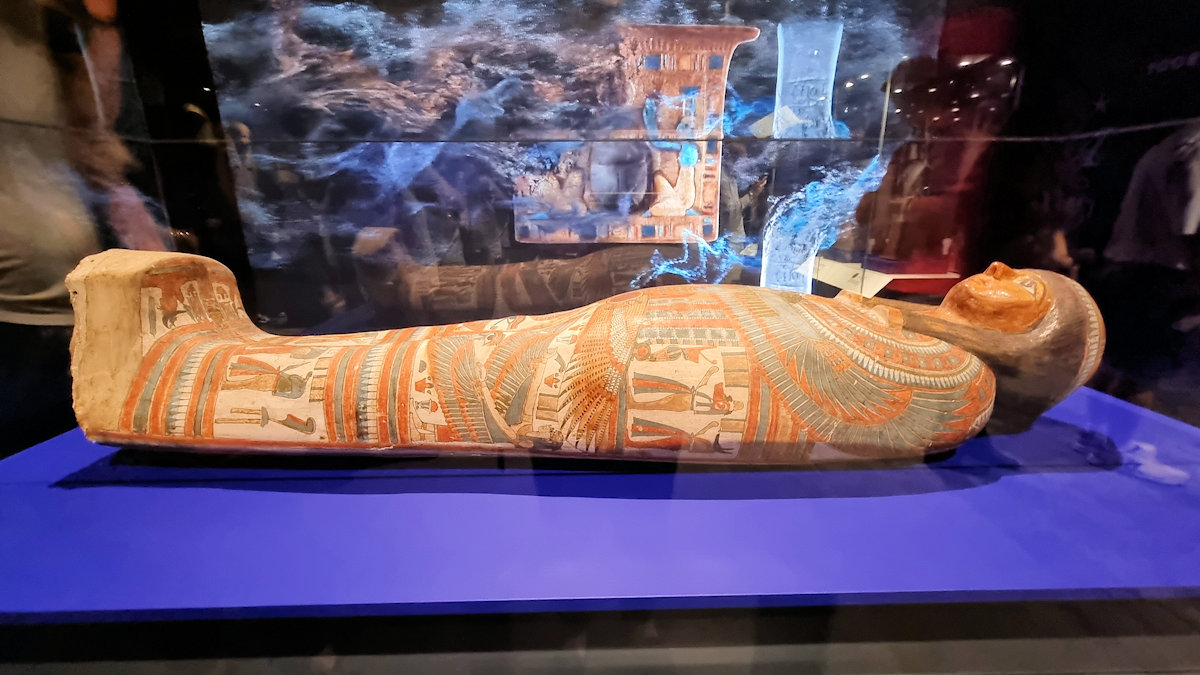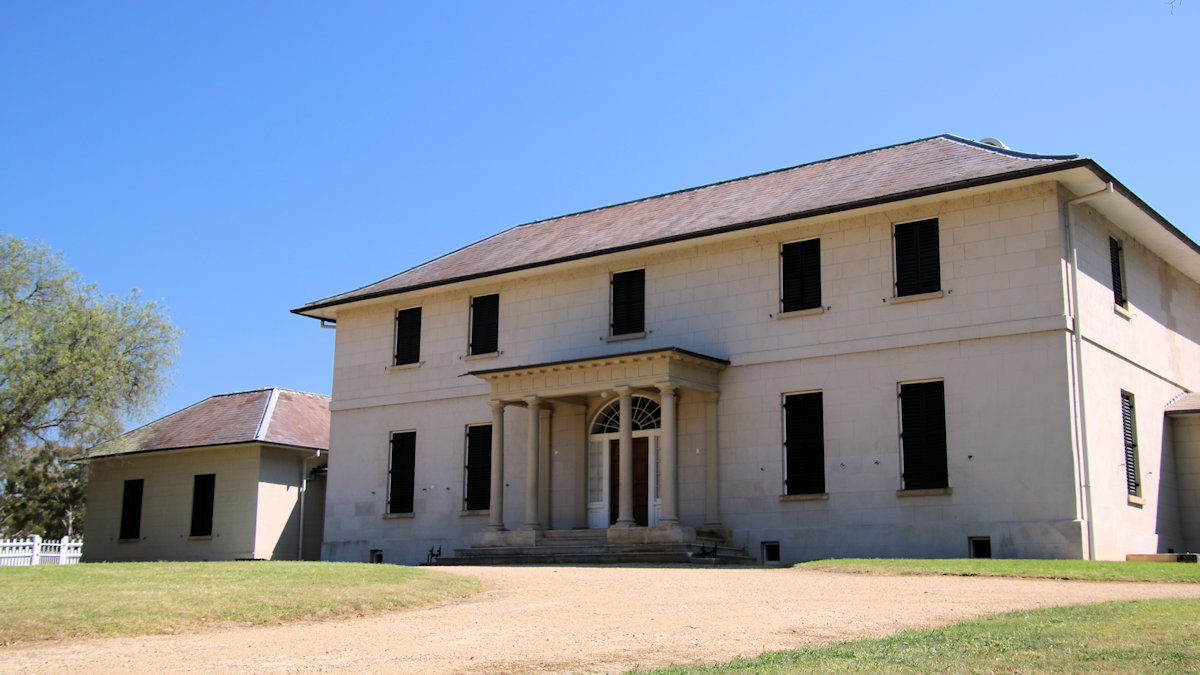Tag: History
-
Mount Stromlo Observatory Canberra

Mount Stromlo Observatory Canberra Devastated by a severe bushfire in 2003, the Mount Stromlo Observatory no longer undertakes active astronomical observations. Instead, it has become the headquarters of the ANU (Australian National University) Research School of Astronomy and Astrophysics. Despite the destruction caused by the bushfire, the ruins of the observatory domes are worth visiting.… Read more
-
Discover Ancient Egypt in Canberra

Discover Ancient Egypt At The National Museum of Australia in Canberra On display until 8 September 2024 at the National Museum of Australia in Canberra, Discover Ancient Egypt displays fascinating artifacts from the Dutch National Museum of Antiquities (Rijksmuseum van Oudheden). What’s on Display Entering the museum, you are greeting by a statue of Anubis,… Read more
-
Old Government House and Parramatta Park Australia

Old Government House Parramatta Australia Located on the banks of the Parramatta River, Old Government House is the oldest surviving public building in Australia. Additionally it is an important UNESCO World Heritage listed site, and one of 11 recognised convict sites that tell the story of Australia’s forced convict migration. History of Old Government House… Read more